If you’re looking to build an e-commerce empire, you more than likely have a strong pulse on the latest social media and ad trends dominating your industry.
And hey, that’s a good start!
But when’s the last time you mulled over your SEO strategy?
Because according to Hubspot’s 2018 State of Inbound report, generating traffic and leads is still the top challenge among modern marketers.
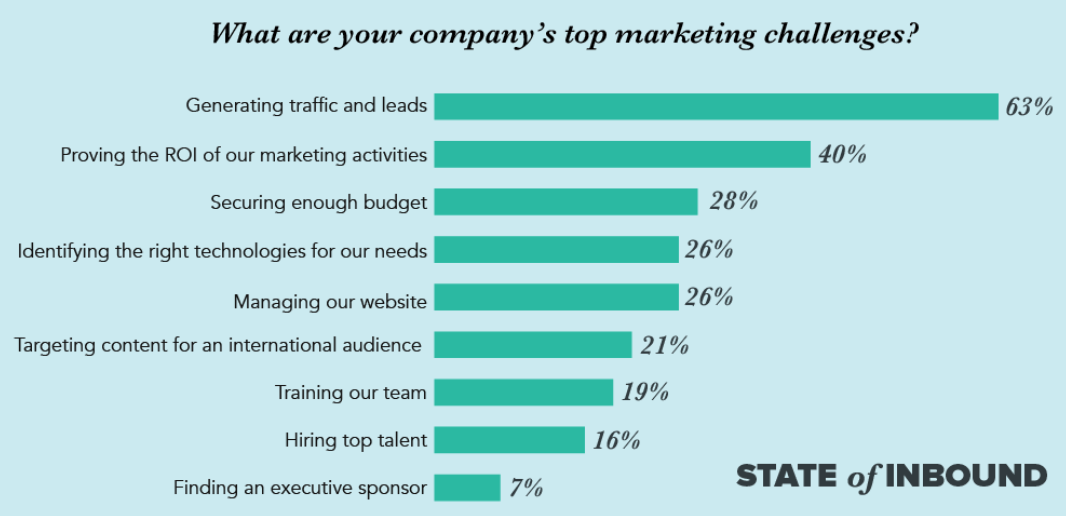
Always the elephant in the room for marketers, the need to rank for keywords and run e-commerce link-building campaigns isn’t going away anytime soon.
Given how e-commerce spending is snowballing year-over-year, the growing competition in the space signals just how important factors like platform choice, pagespeed, and of course, SEO has become.
However, there’s a growing trend in the SEO space that goes far beyond basic links.
Enter the rise of linkless backlinks.
An underutilized yet low-hanging way to give your search rankings a boost, linkless backlinks most definitely need to be part of your SEO strategy in 2019 and beyond.
What Are Linkless Backlinks and How Do I Win Them?
Linkless backlinks became part of the greater SEO conversation in 2017 as noted by Search Engine Journal.
With businesses looking to rank in a post-PageRank world, the geniuses at Google almost explicitly revealed that their algorithm was looking at more than just traditional links and specific anchor texts.
Quite the contrary, actually. Now conversations around the web, including social mentions and reviews, are seen as positive search signals to Google. In other words, if your business is consistently being talked about online, chances are you’re reaping the benefits of linkless backlinks.
This revelation ultimately spells good news for most e-commerce brands. Linkless backlinks help level the playing field for emerging businesses, meanwhile eliminating the need for spammy link-building campaigns which require begging for a specific anchor text.
That said, linkless backlinks don’t happen by accident. Although the face of link-building has changed, ranking still requires a concrete strategy. In this guide, you’ll find tips to help you both actively and passively build more linkless backlinks. The more of these tactics you can pull off in tandem, the better.

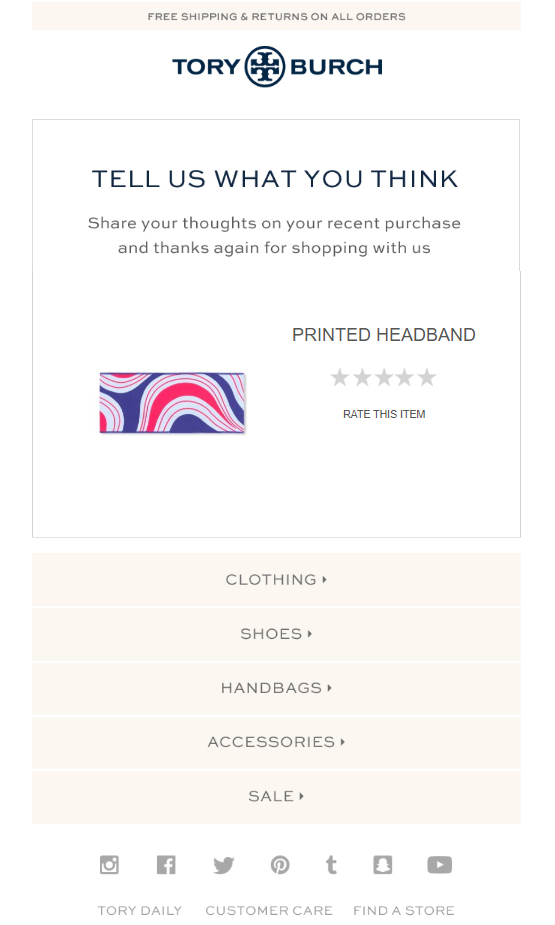
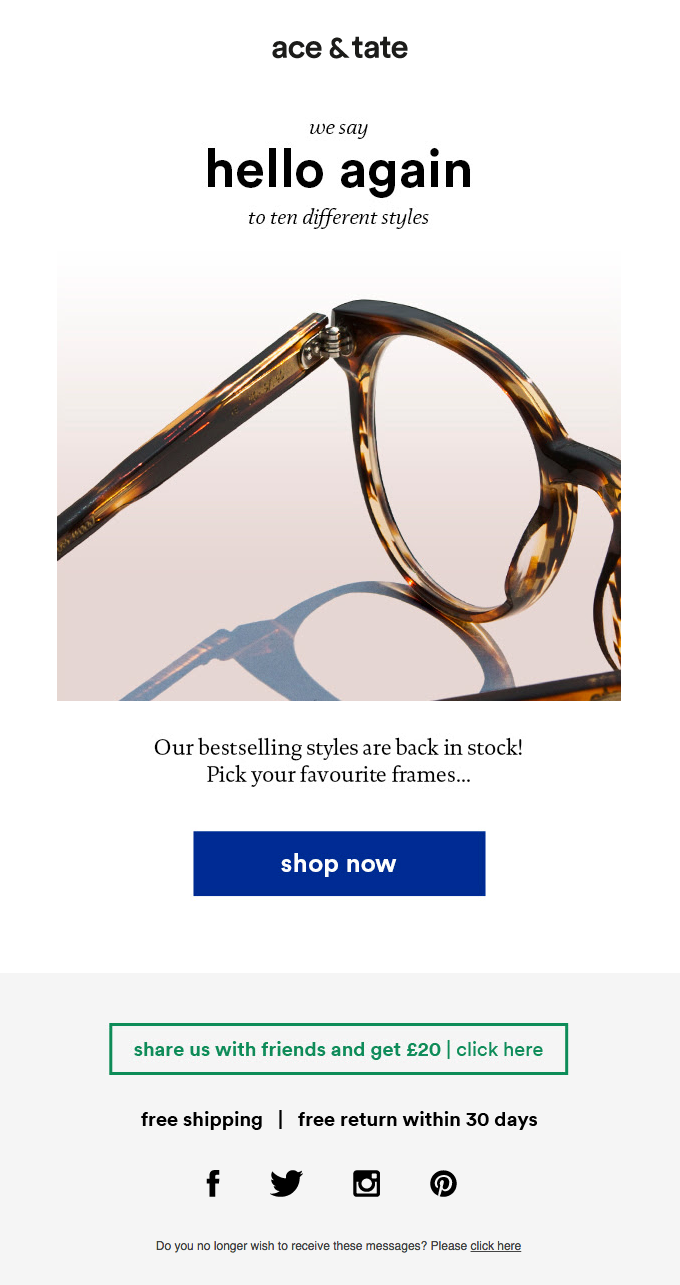
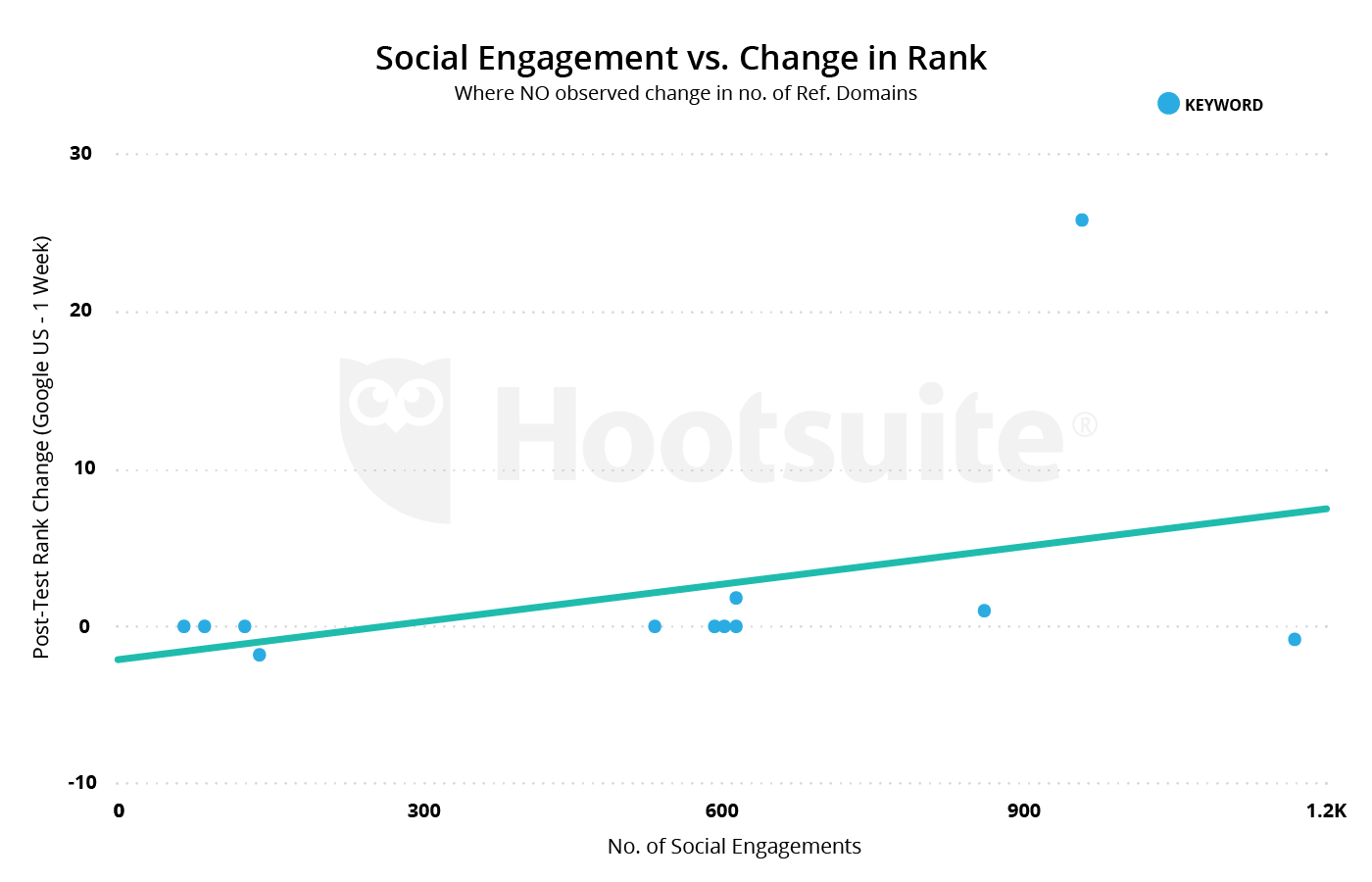




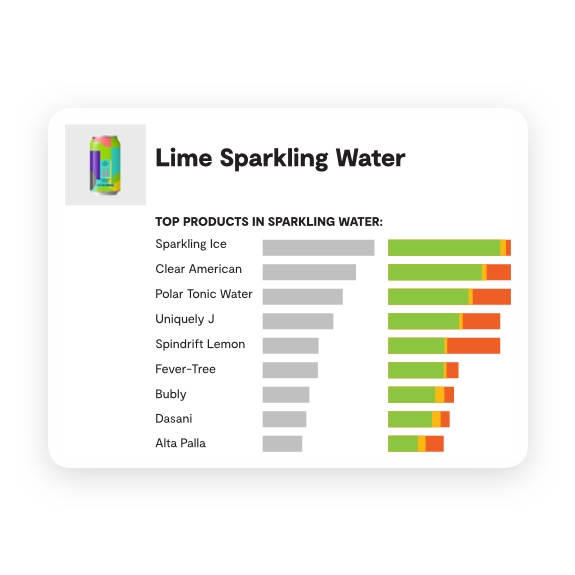
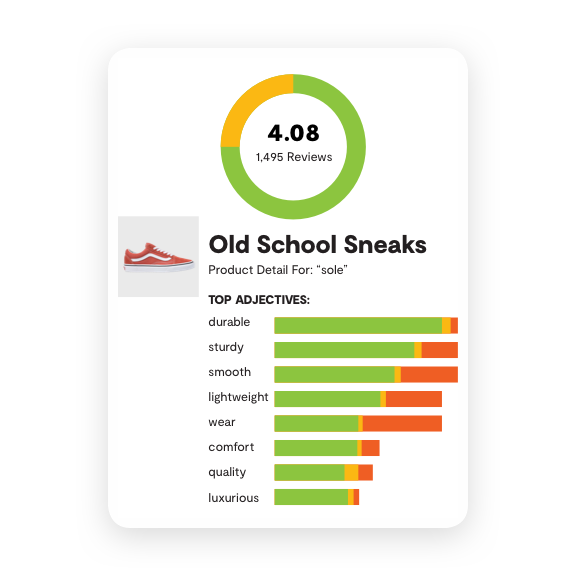
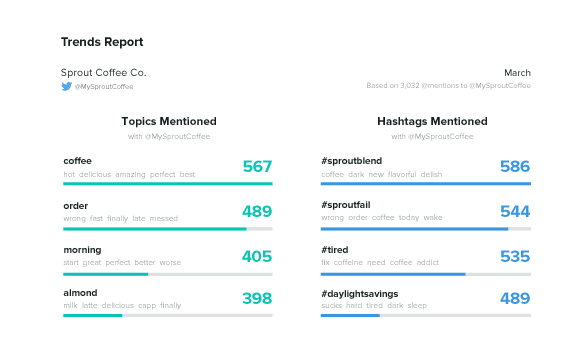

Comments: